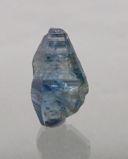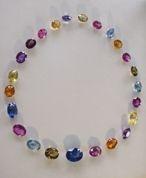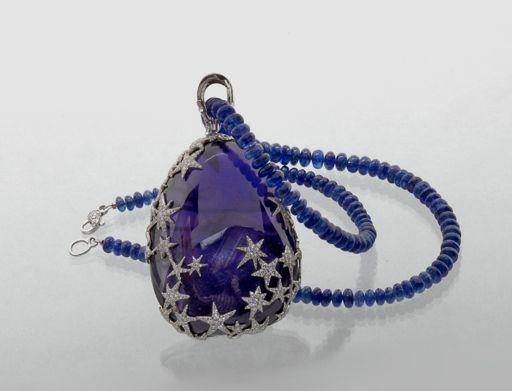Hong Kong, March 2011
Fancy Coloured Sapphires:

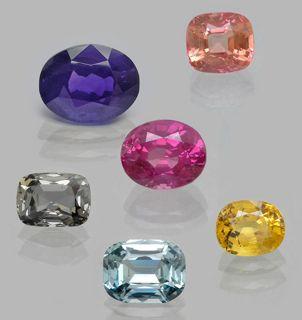
The Beauty beyond "Blue" of Sapphire and "Red" of Ruby

The range of colours...

The range of colours...
The range of colours...
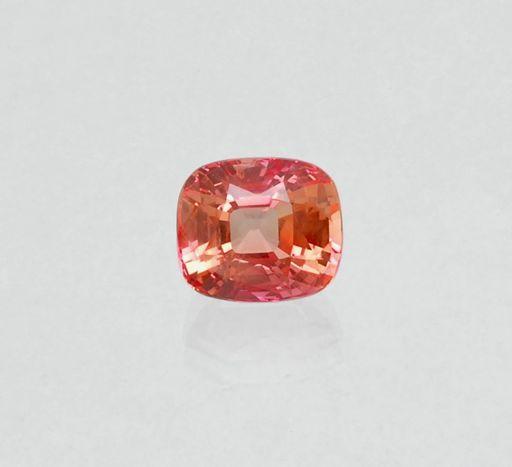
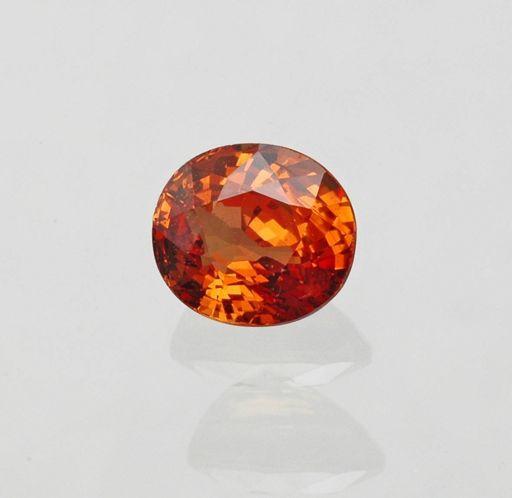
The range of colours...
The range of colours...
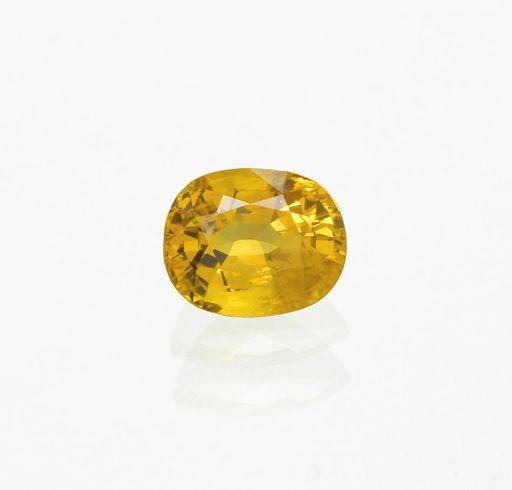
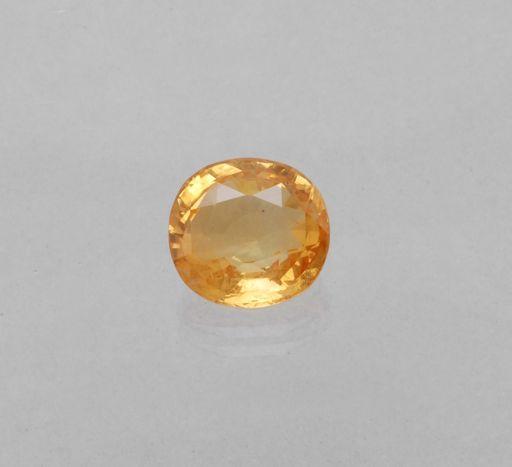
The range of colours...
The range of colours...
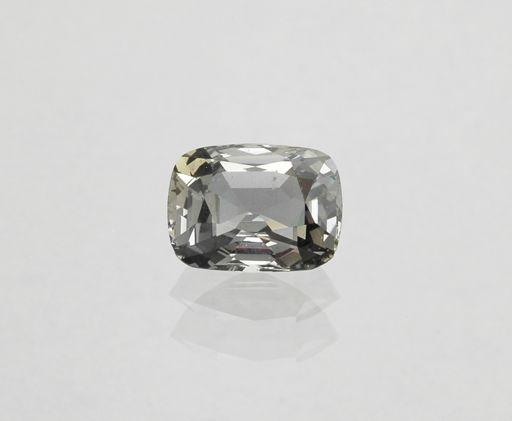
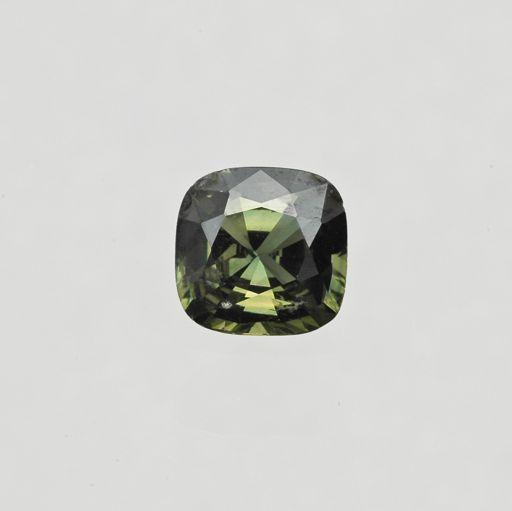
The range of colours...
The range of colours...
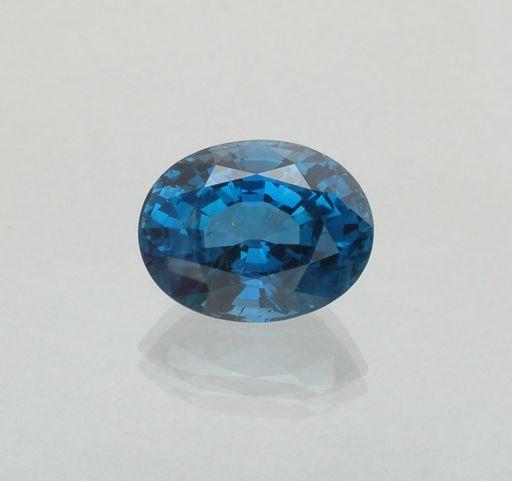
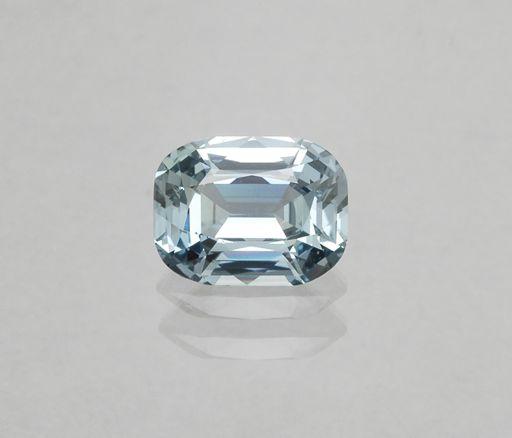
The range of colours...
The range of colours...
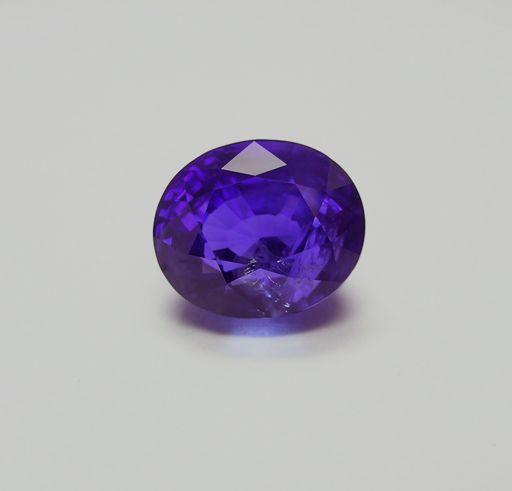
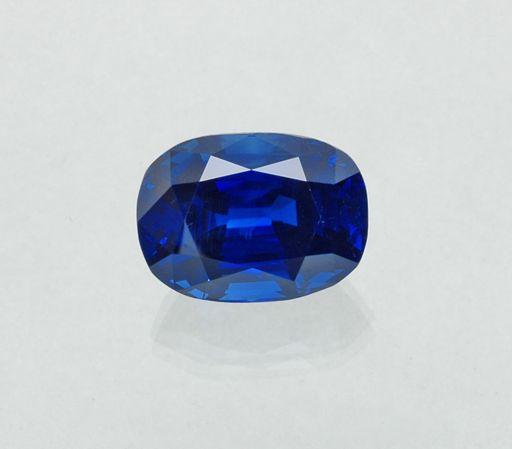
The range of colours...
The range of colours...
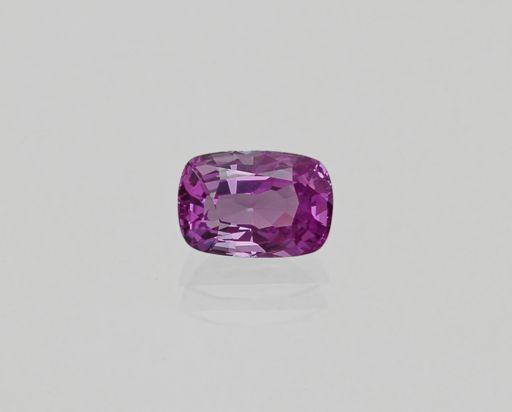
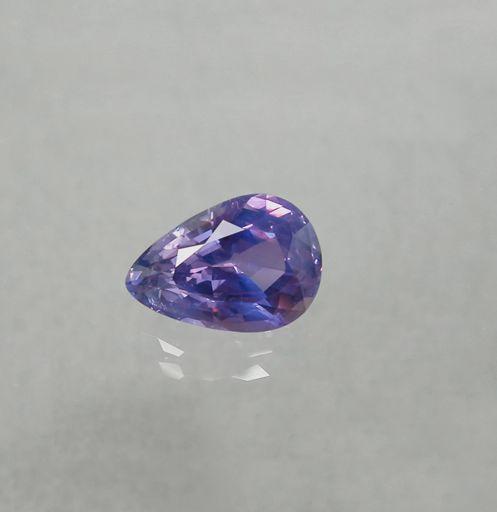
The range of colours...
The range of colours...
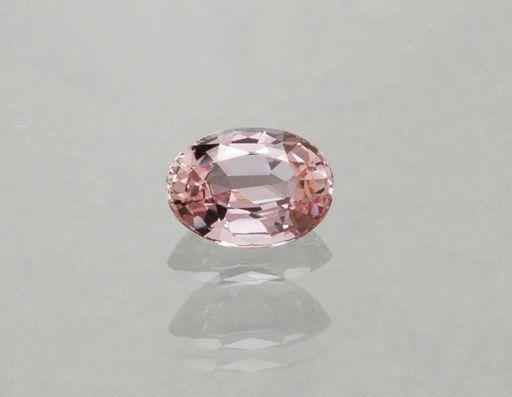
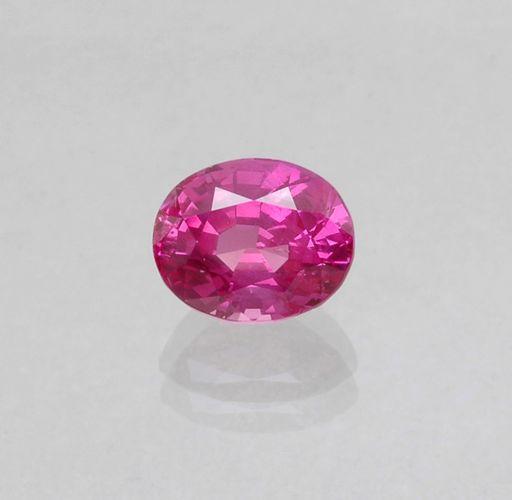
The range of colours...
The range of colours...
Fancy sapphires: The colour range beyond red of rubies and blue of sapphires
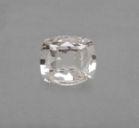
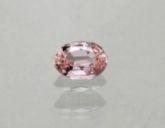
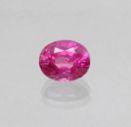
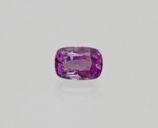


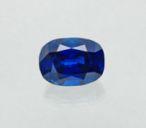

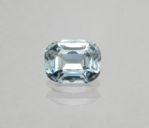
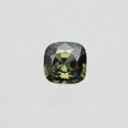
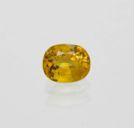
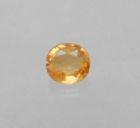
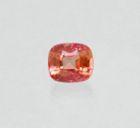
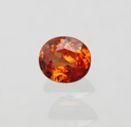
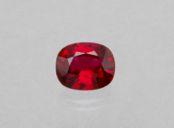
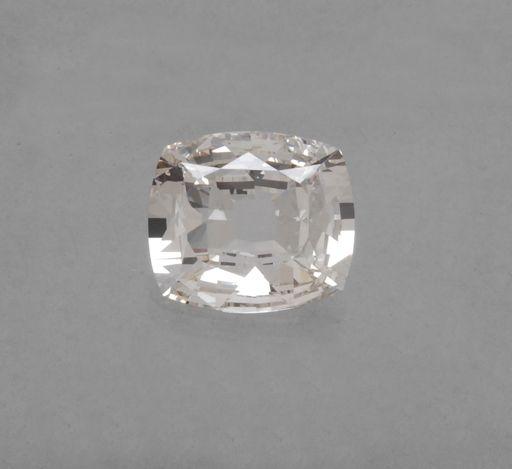
The range of colours...
The range of colours...
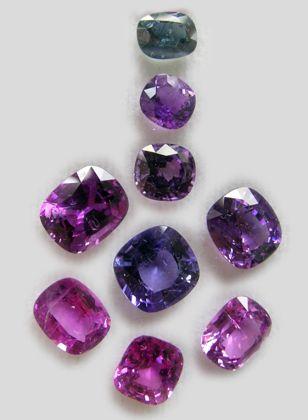
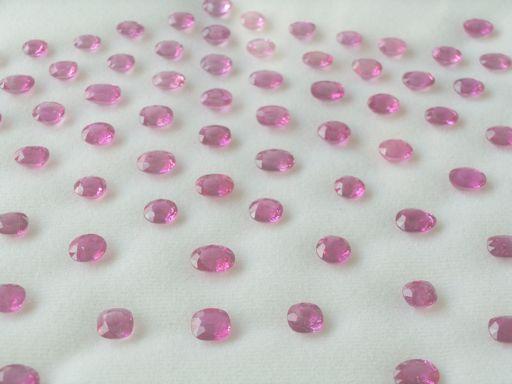
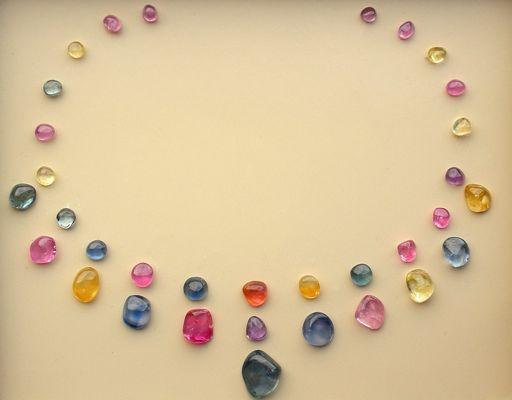
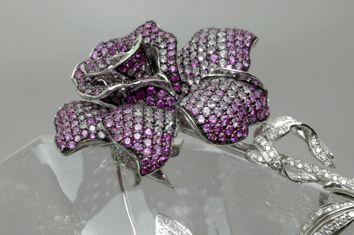
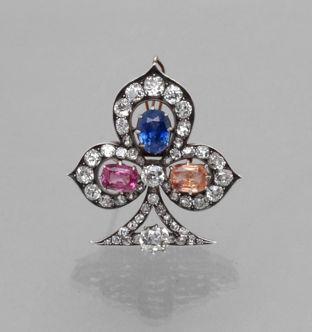
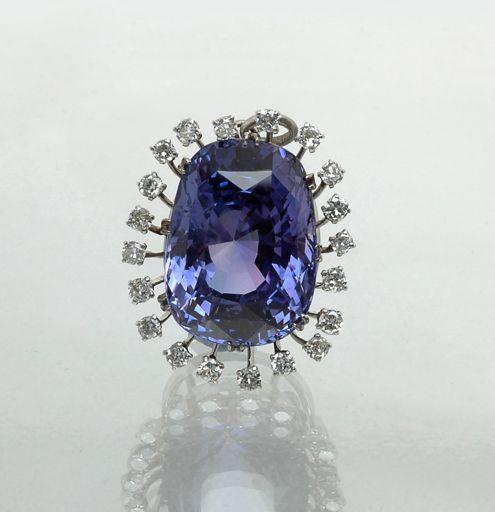
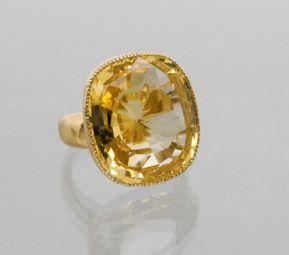
Corundum
Chemical composition: aluminium oxide, Al2O3
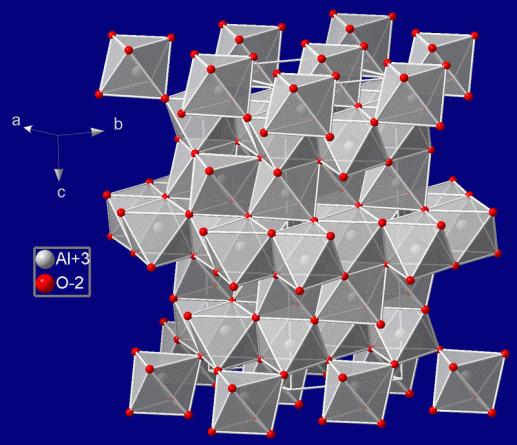
Chemical pure aluminium oxide is colourless
© Wikipedia
In nature always with trace elements (chemical impurities), usually: - Mg, Ti, V, Cr, Fe, Ga - and occasionally rare HFS-elements such as Nb, Sn, Ta, Th
Not all trace elements are affecting the colour (e.g. gallium Ga)
The colouring elements are called chromophores: - for corundum: Ti, V, Cr, Fe
Corundum colours
The colour in corundum is depending on the presence of colouring elements and in some cases colour centres (especially for yellow).
Fe blue, greenish blue, yellowish green to yellow Ti + Fe blue
Cr red to pink
V violet (colour change effect)
Mg and colour centre yellow
Mix of chromophores nearly all colour hues of the spectrum ! (except pure green, only from synthetic corundum).
Corundum colours
Corundum varieties

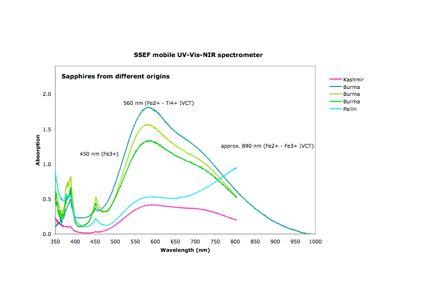
Ruby red chromium traces Sapphire blue iron or iron and titanium traces
Fancy sapphires include: Padparadscha subtle orange pink pastel colour Cr & Fe & Ti & colour centre
Yellow sapphire yellow iron or Mg, Be and colour centre Pink sapphire pink low chromium traces Violet/purple sapphire violet/purple Cr & Fe & Ti Fancy sapphire all other colours (greenish, brownish, black, etc...) mix of trace elements and eventually inclusions

Understanding colour
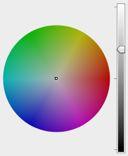
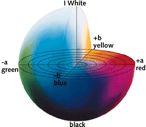
Any colour may be expressed and positioned with coordinates in a three-dimensional colour space such as the CIE Lab system.
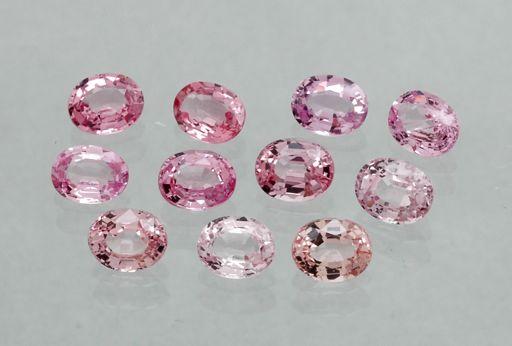
Based on - spectral hue - saturation tone (brightness / darkness)
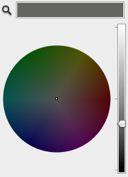
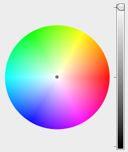
Understanding colour
The colour is judged by observing the stone from above through the table, using standardised light conditions similar to fancy diamonds, but different to colourless diamonds.
Understanding colour
As gemmological experts, gemstone dealers or consumers we categorize colours and give a name to them.
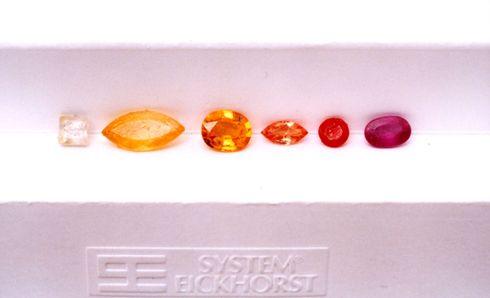
Two approaches: naming after spectral colours (hue), adding saturation and tone with a qualifier such as light/dark etc...
naming with fantasy trade terms, e.g. aubergine, lemon, mint ...
FAQs: Which system to use, where are the limits of colour ranges
natural stones may show colour zoning pleochroic colours
LMHC: Padparadscha is a variety of corundum from any geographical origin whose colour is a subtle mixture of pinkish orange to orangey pink with pastel tones and low to medium saturations
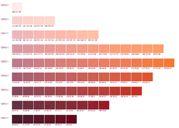
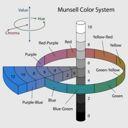
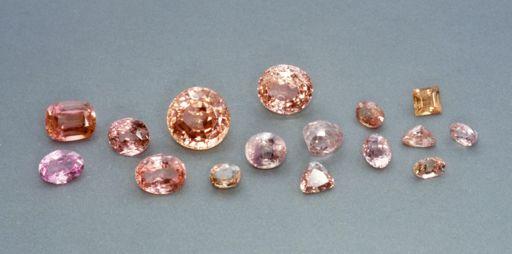
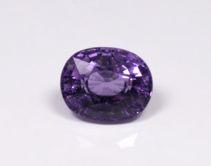
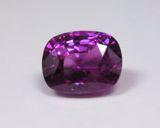
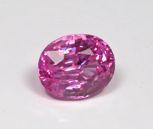
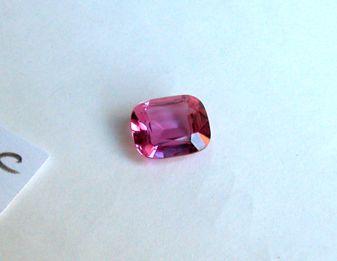
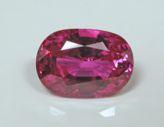

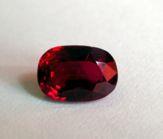
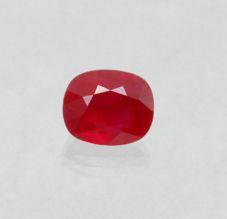
is the variety name ?
Pleochroism in fancy sapphires
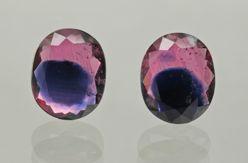
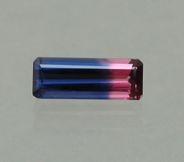
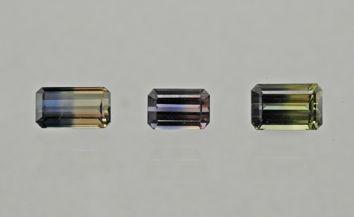
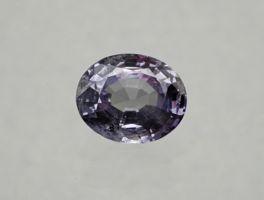
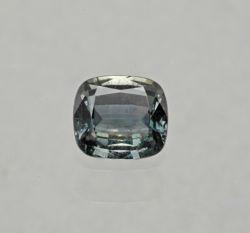




Colour zoning in fancy sapphires
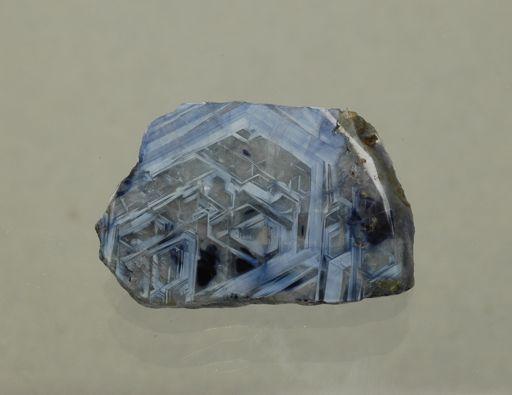
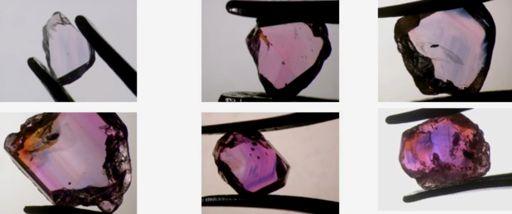

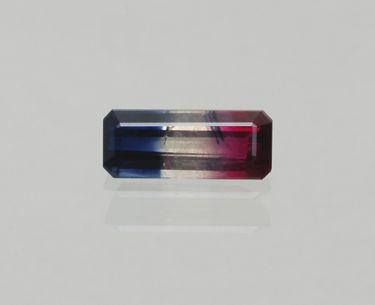
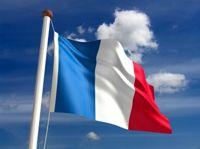
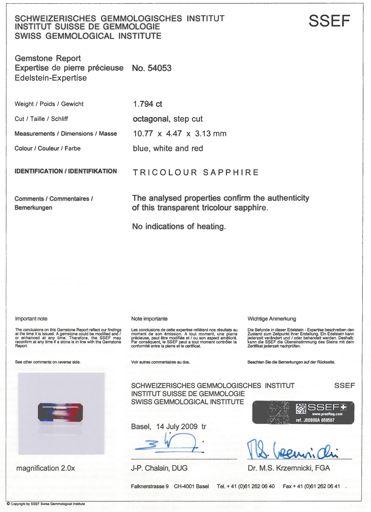

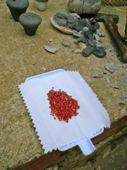
Treatment of corundum
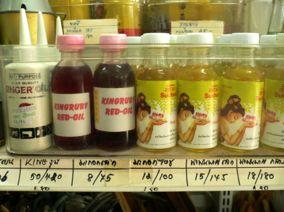
Corundum (rubies, sapphires and fancy sapphires) are often treated to modify their colour and clarity.
- The effect of such a treatment can be quite astonishing.
- Many of these treatments are stable, but not all!
- There is a market for treated gemstone, however
Disclosure is a must (CIBJO)!
Heating
Heating with flux
Heating with diffusion
Heat treatment of corundum
Difficult to detect with the microscope
Low temperature heating (<1000 °C), e.g. purplish sapphires become pink when heated in oxidising conditions effect: colour shift, blue colour component is reduced
Heating > 1000 °C, e.g. for geuda-type corundum from Ceylon etc... effect: colour modification, reducing visibility of inclusions
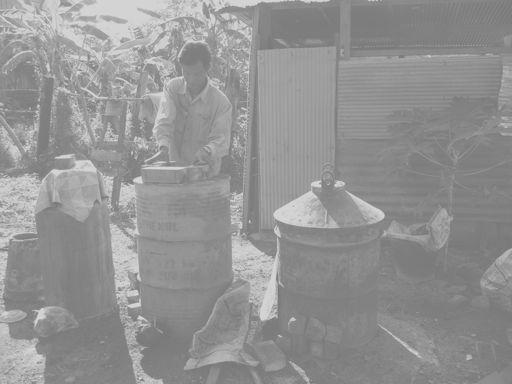

Heating with high refractive glass flux, e.g. lead glass (usually at or below 1000°C) effect: significant enhancement of transparency and colour (and stability)
Heating with borax flux, e.g. rubies from Mong Hsu (Burma) effect: significant enhancement of transparency and colour
Heating with titanium or chromium diffusion (shallow) effect: creation of shallow colour zone (blue or red)
Heating with beryllium diffusion (lattice, bulk), e.g. corundum from Songea (Tanzania) effect: significant colour modification, often yellowish to orange colours.
Heated fancy sapphires
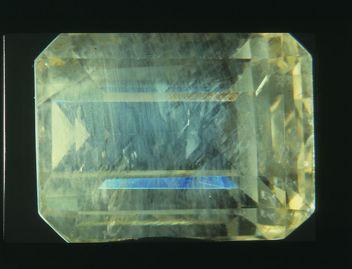
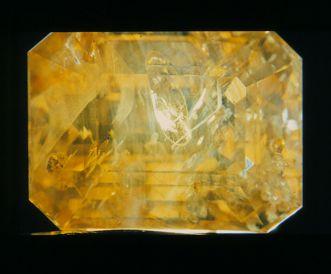
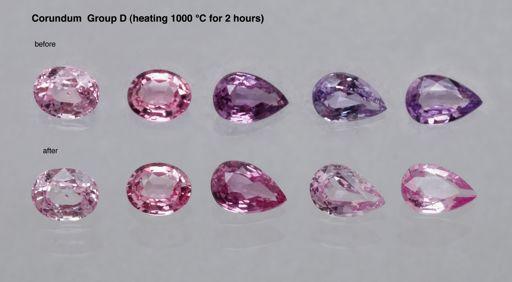
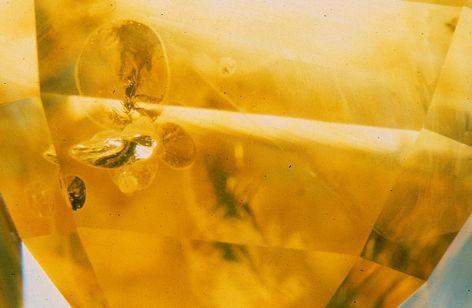
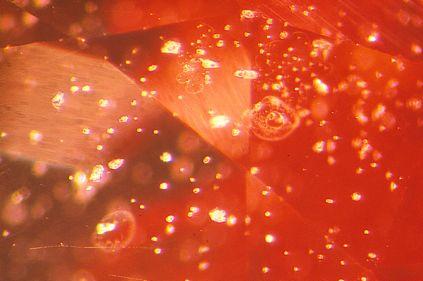
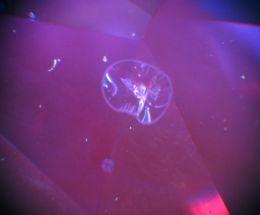
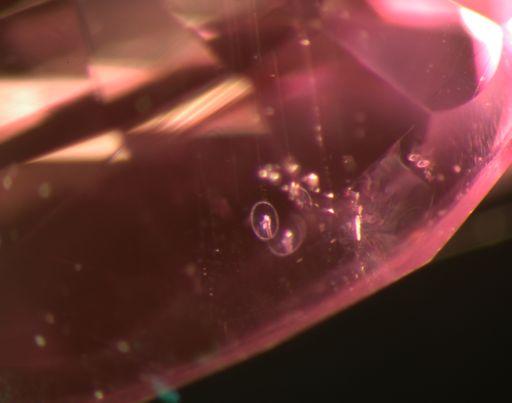
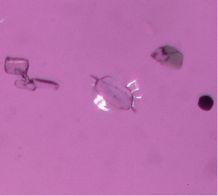
Raman spectra of zircon inclusions in pink
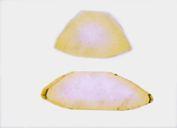
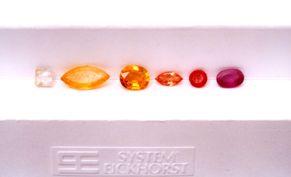
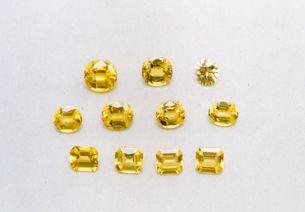
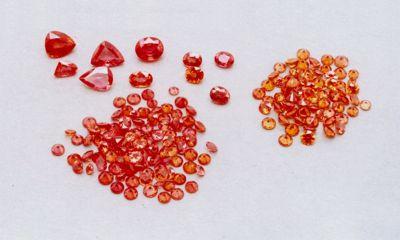
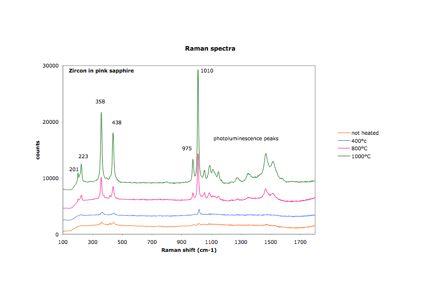
from Ilakaka, Madagascar
Heated
Heated
Heated
unheated
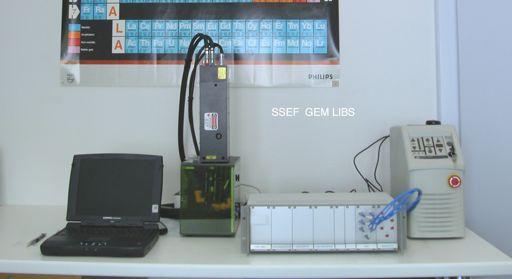
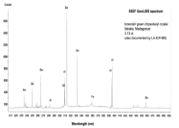
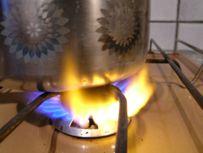
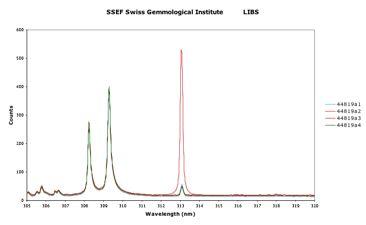
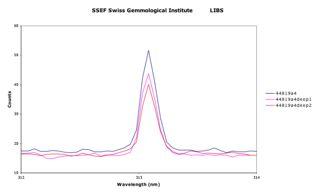
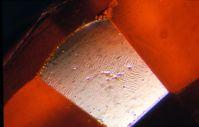
Where do the fancy sapphires come from...
Fancy sapphires are found in many places, some of them mostly famous for rubies and sapphires, such as the Mogok gemstone tract in Burma or the gemstone deposits near Ratnapura in Ceylon
Other important sources are Ilakaka in Madagascar, and Tunduru, Songea and Umba in Tanzania.
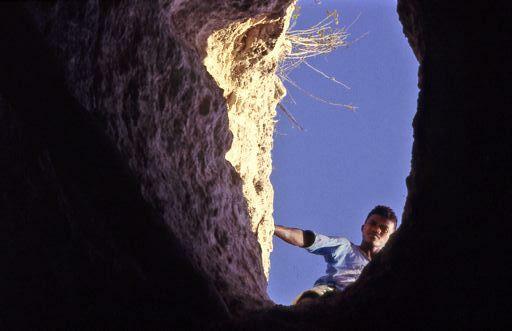
Many basaltic (volcanic) deposits produce fancy sapphires (mostly greenish and yellow) together with sapphires, e.g. in Australia, Laos, N-Madagascar; N-America (Montana) etc.
A guide to the world‘s major sources of coloured gemstones, diamonds and pearls. GemExplorer: a free App available in iTunes, for more details see www.ssef. ch
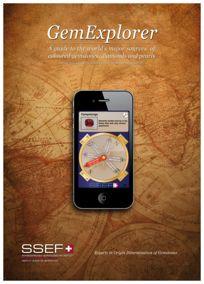
Where do the fancy sapphires come from...© Swiss Gemmological Institute SSEF © Swiss Gemmological Institute SSEF



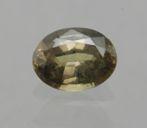
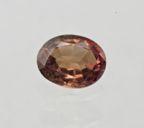

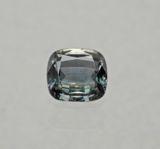
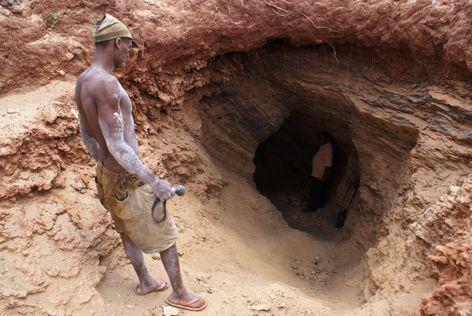
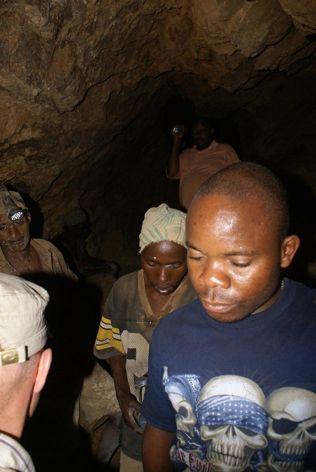

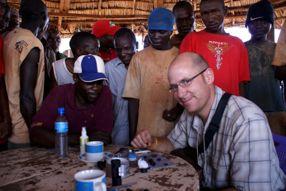

Fancy sapphires on their long way...© Walter Balmer

